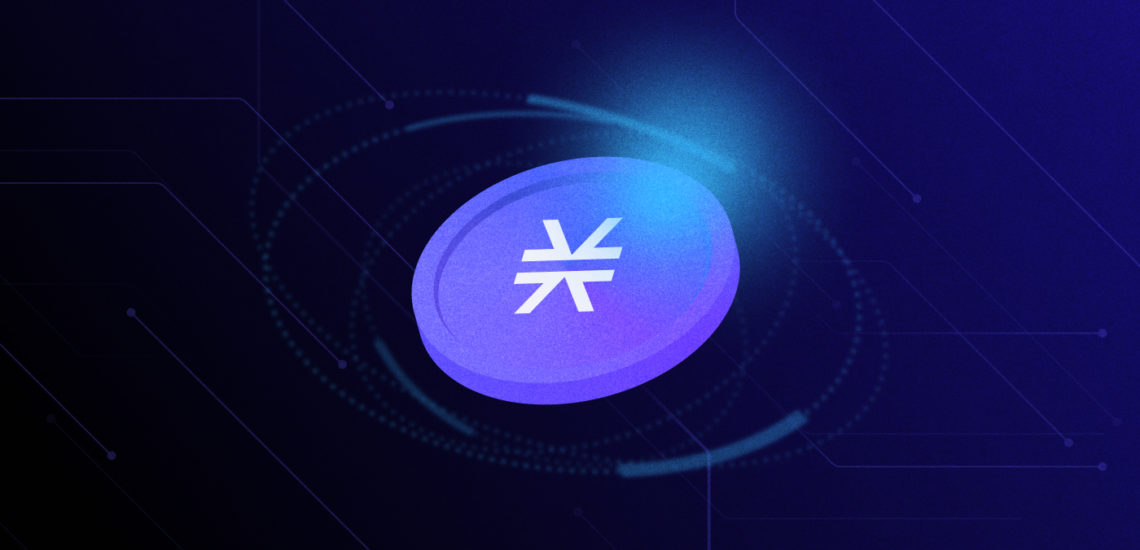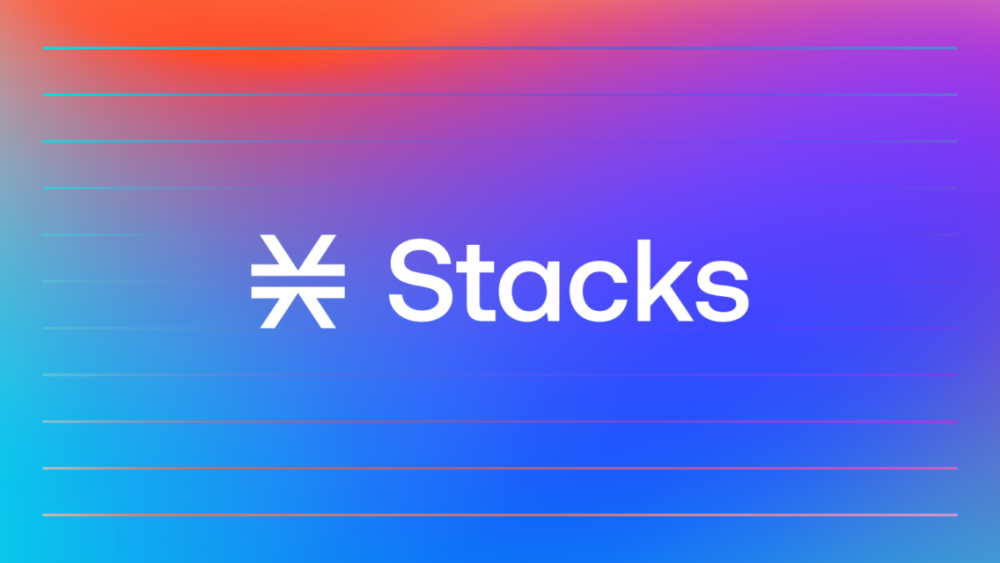Stacks is a layer for smart contracts built on Bitcoin, and a layer where transactions in STX are permanently stored on the Bitcoin blockchain. The STX blockchain runs the POX (Proof of Transfer) consensus mechanism, which is a tokenomic approach to decentralized consensus.
Looking closely at new generation blockchains compared to legacy blockchain networks, one of the observations is that legacy blockchain networks focus more on decentralization and security. They sacrifice speed, scalability, and overall network agility for security and decentralization. Slow transaction speed is actually healthy for security, as miners need time to verify each block. However, new blockchains have great appeal as they are faster and cheaper (to use).
Often, however, they sacrifice a degree of security and decentralization to achieve this. New solutions have been developed for blockchain consensus and transaction verification, which provide a good level of security. Stacks is one of these projects.
What are Stacks?
Stacks is a “semi-independent” layer for smart contracts on the Bitcoin blockchain. While the Stacks network operates an autonomous state machine and consensus mechanism, the Bitcoin network is “semi-independent” as it publishes proof of transactions.
STX expands the Bitcoin network by developing a more agile execution layer as an alternative to the slower Bitcoin mainnet. It also leverages the strongest security infrastructure in the blockchain space, connected to the Bitcoin network for the final verification of transactions on the network.
It provides a modular approach to network development by partially separating the execution layer from the consensus layer. Smart contracts deployed on Stacks are written on Clarity, a programming language developed for this network.
STX also runs BNS (Bitcoin Naming System), a decentralized naming system that allows users to register desired names on the Bitcoin blockchain. STX claims that BNS provides a platform for anyone to create a strictly owned nominal system, as the owner of the private key of the wallet containing the BNS name retains full control of the name’s state.
STX also states that it offers an efficient and secure platform for developers, routine users and smart contract applications.

How does Stacks work?
To execute smart contracts, verify transactions and gain an extra layer of security through the Bitcoin blockchain, the Stacks network uses a set of role players working in synergy. The core of the network consists of:
- A new programming language.
- Smart contract execution layer.
- An interactive consensus mechanism.
Stacks claims to differ from other Bitcoin scaling solutions by adding an extra utility to the Bitcoin blockchain. Unlike the Lightning network, STX claims to not only scale the Bitcoin blockchain but make it even more useful. It achieves this by creating a programmable execution layer that can run asset swap requests from users and keep track of transactions.
These records of smart contract transactions and native P2P transactions are packaged in blocks and sent to the consensus layer for verification. Consensus in Stacks networks is based on the “Proof of Transfer” consensus algorithm.
What is STX coin?
STX is the native cryptocurrency of the Stacks network. As the project reports, STX allows Stacks to develop and manage its own economy as well as promote its security infrastructure. STX is used to attract Bitcoin miners to verify blocks on the network, fueling the consensus system, STX holders also lock their coins into the network, playing an important role in consensus and security, a role that qualifies them for Bitcoin rewards. STX also runs the network’s tax system and is used as a fee for transactions.
STX’s coins are intertwined with Bitcoin, just like consensus and security. Bitcoin miners are more likely to connect to the network when the STX coin stays in price. However, this can also be affected by a number of other factors.
According to data from CoinGecko, around 1.4 billion STX tokens are currently in circulation. The total supply is not limited, but around 1.8 billion STX coins are expected to be in circulation by 2050. Like the main Bitcoin blockchain, Stacks runs a halving program that reduces miners’ rewards by half their previous value. STX is halved every 4 years.







